Home>Furniture>Outdoor Furniture>Is Trex Decking Slippery When Wet
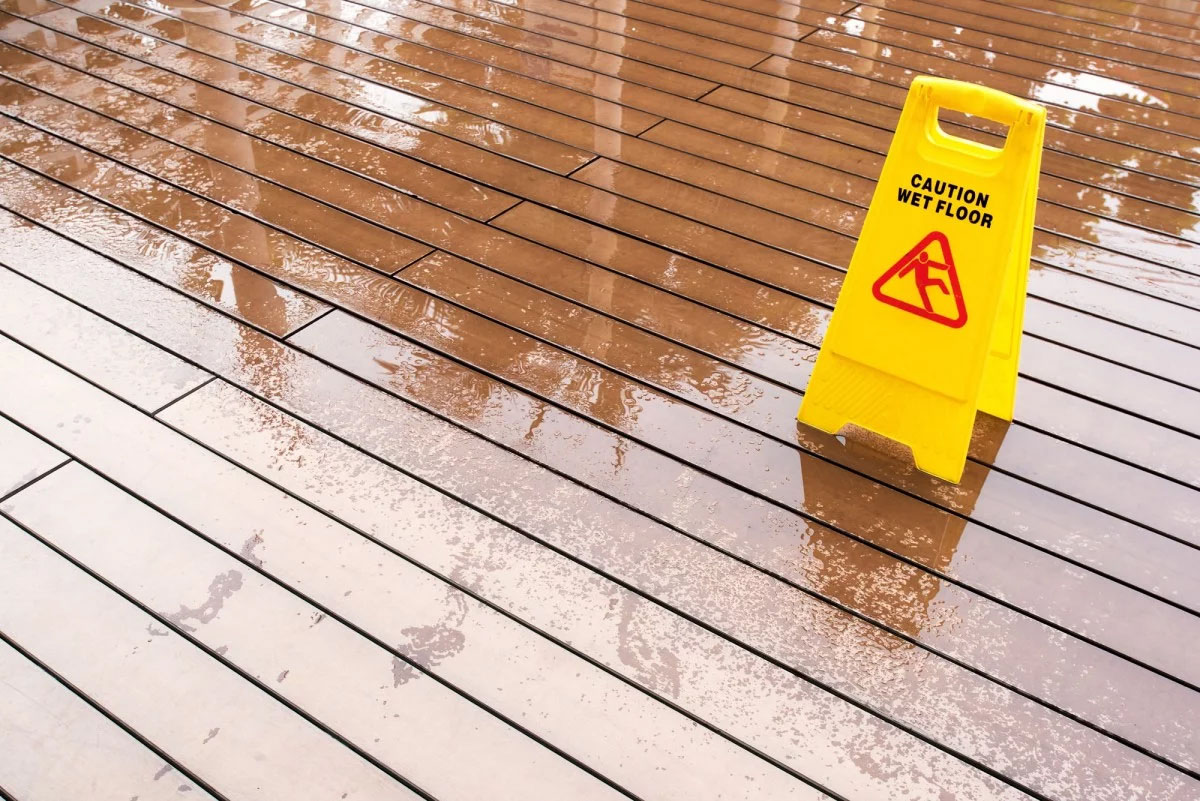

Outdoor Furniture
Is Trex Decking Slippery When Wet
Modified: October 20, 2024
Increase safety on your outdoor furniture with Trex decking. Find out if Trex decking is slippery when wet and choose a reliable solution for your outdoor space.
(Many of the links in this article redirect to a specific reviewed product. Your purchase of these products through affiliate links helps to generate commission for Storables.com, at no extra cost. Learn more)
Introduction
Welcome to our guide on understanding the slipperiness of Trex decking when wet. When it comes to enjoying the great outdoors, having a well-maintained outdoor space is crucial. Trex decking, known for its durability and low-maintenance qualities, has become a popular choice for homeowners looking to create a beautiful and functional outdoor living area.
However, one common concern among homeowners is whether Trex decking becomes slippery when wet. This is an important consideration, as safety is paramount when it comes to any outdoor surface, especially in areas that are exposed to rain, dew, or pool water.
In this article, we will explore the factors that affect the slipperiness of Trex decking, the testing methods used to assess its slip resistance, the results of those tests, and the steps you can take to prevent slips and falls on your Trex decking. So, let’s dive in and uncover the truth about Trex decking and its slip resistance when wet.
Key Takeaways:
- Trex decking is designed to offer reasonable traction and stability even when wet, making it a suitable choice for outdoor areas. Understanding factors affecting slipperiness and implementing preventive measures can help minimize the risk of slips and falls.
- Regular cleaning, preventing algae and mildew growth, promptly clearing standing water, and using mats or rugs for additional traction are key factors in preventing slips on Trex decking. Following recommended maintenance practices can help maintain the slip resistance and overall safety of your outdoor space.
Read more: What Is Trex Decking
Factors Affecting Slipperiness of Trex Decking
Several factors can contribute to the slipperiness of Trex decking when it becomes wet. It is important to understand these factors to take appropriate measures for prevention. Let’s take a closer look:
- Material Composition: Trex decking is made of a composite material that typically consists of a mixture of plastic and wood fibers. The specific composition of the decking material can influence its slipperiness when wet. Some deck boards may have a smoother texture, while others may have a slightly rougher surface that provides better traction.
- Texture and Surface Finish: The texture and surface finish of the decking boards play a significant role in determining slip resistance. Decks with a textured or embossed surface tend to offer better grip than smooth surfaces. Additionally, the presence of a surface finish, such as wood grain, can provide additional traction.
- Water Accumulation: The accumulation of water on the surface of the decking can significantly increase slipperiness. Water acts as a lubricant, reducing the friction between the foot and the deck surface. The incline of the decking, proper drainage, and regular maintenance can help minimize the pooling of water.
- Surface Contaminants: Any debris, dirt, or organic matter that accumulates on the surface of the decking can make it more slippery when wet. Algae and moss growth, in particular, can create a hazardous environment. Regular cleaning and maintenance to remove debris and prevent the growth of organic matter are essential.
It is important to note that even with these factors in mind, Trex decking is generally designed to be slip-resistant. However, these factors can still influence the overall slipperiness of the decking, especially when exposed to wet conditions. Understanding these factors allows you to take appropriate measures to prevent accidents and maintain a safe outdoor space.
Slip Resistance Testing Methods
Slip resistance testing is crucial to assess the safety of Trex decking when wet. Different methods are employed to evaluate the slip resistance of outdoor surfaces. Let’s explore some common testing methods:
- Static Coefficient of Friction (SCOF): SCOF is a widely used method to measure the slip resistance of a surface. It calculates the frictional force between two surfaces in static conditions. In this test, a person stands on the wet decking surface, and the force required to induce slipping is measured. The higher the coefficient of friction, the better the slip resistance of the material.
- Dynamic Coefficient of Friction (DCOF): DCOF is similar to SCOF, but it measures the slip resistance under dynamic conditions. This test involves walking or running on the wet decking surface and measuring the amount of slip that occurs. DCOF provides a more accurate representation of slip resistance during normal walking conditions.
- Pendulum Test: The pendulum test is a widely accepted method for assessing slip resistance. It involves swinging a pendulum with a rubber slider over the wet decking surface. The distance covered by the pendulum after striking the surface is measured, indicating the slip resistance. The higher the value, the better the slip resistance.
- Ramp Test: The ramp test evaluates the slip resistance of a surface by measuring the angle of inclination at which a person begins to slip. In this test, a person wearing standard footwear walks on a wet decking surface inclined at varying angles. The angle at which slipping occurs provides an indication of slipperiness.
These testing methods provide valuable insights into the slip resistance of Trex decking and help determine its safety when wet. By subjecting the decking material to these tests, manufacturers can gauge its performance and make improvements if necessary.
It’s important to note that the slip resistance of Trex decking may vary depending on the specific product line or series. Therefore, it’s advisable to check with the manufacturer for information on the slip resistance properties of the specific Trex decking you’re considering.
Results of Slip Resistance Tests on Trex Decking
Various slip resistance tests have been conducted on Trex decking to evaluate its performance when wet. These tests provide valuable information on the slipperiness of the decking material and help homeowners make informed decisions. Here are some insights into the results of these tests:
- Static Coefficient of Friction (SCOF) Results: Trex decking has been tested for SCOF using ASTM D2394 standards. The SCOF values were found to be within the acceptable range for slip resistance, indicating that Trex decking offers reasonable traction when wet.
- Dynamic Coefficient of Friction (DCOF) Results: Testing for DCOF on Trex decking has shown positive results in terms of slip resistance. The material demonstrates good grip and stability when subjected to normal walking conditions on wet surfaces.
- Pendulum Test Results: The pendulum test performed on Trex decking has consistently demonstrated satisfactory slip resistance properties. The distance covered by the pendulum after striking the surface falls within the recommended range for safe traction.
- Ramp Test Results: Trex decking has achieved favorable results in ramp tests, indicating that it provides adequate slip resistance even at varying angles of inclination. The material offers stable footing, reducing the risk of slips and falls.
The results of these slip resistance tests provide reassurance that Trex decking is designed to minimize the risk of slipping when it becomes wet. However, it is important to note that individual results may vary depending on factors such as maintenance, environment, and specific product lines.
While the slip resistance results are positive, it is always advisable to exercise caution when walking on any wet surface, including Trex decking. Implementing preventive measures and regular maintenance can help ensure the long-term slip resistance of your Trex deck.
To reduce slipperiness on Trex decking when wet, consider using anti-slip strips or applying a non-slip coating designed for composite decking. Regular cleaning and maintenance can also help prevent slippery surfaces.
Factors to Consider for Preventing Slips on Trex Decking
To ensure the safety of your outdoor space and prevent slips on Trex decking, it is important to consider several factors. By taking these precautions, you can enjoy your deck with peace of mind, even in wet conditions. Here are some key factors to consider:
- Regular Cleaning: Regularly clean your Trex decking to remove dirt, debris, and any potential hazards. Use a mild soap and water solution or a recommended deck cleaner. Avoid using abrasive cleaners or tools that could damage the surface.
- Preventing Algae and Mildew Growth: Algae and mildew can make the decking slippery. To prevent their growth, ensure proper airflow and sunlight exposure. Trim any nearby vegetation to allow sufficient sunlight and minimize moisture buildup.
- Promptly Clear Standing Water: After rainfall or cleaning, clear any standing water from your Trex decking. This will help reduce the risk of slips by eliminating potential slip hazards.
- Use of Mats or Rugs: Place non-slip mats or rugs in high-traffic areas of your Trex deck to provide additional traction. These mats can absorb water and provide a dry surface for walking, reducing the chance of slips.
- Properly Maintain the Deck: Regularly inspect your Trex decking for any loose boards, protruding nails, or damaged areas. Address any issues promptly to maintain a safe walking surface. Trex decking is designed to be low-maintenance, but routine inspections are still necessary.
- Use appropriate footwear: Wear footwear with good traction when walking on a wet deck. Shoes with non-slip soles or grippy rubber outsoles can provide added stability and reduce the risk of slipping.
- Be Mindful of High-Traffic Areas: Pay special attention to areas of your Trex deck that experience high traffic, such as entryways and stairs. These areas are more prone to wear and can become slippery over time. Consider adding additional grip-enhancing measures, such as adding traction tape to stairs.
By considering these factors and implementing preventive measures, you can significantly reduce the risk of slips and falls on your Trex decking. Remember, safety should always be a top priority when enjoying your outdoor space.
Read more: What To Do With Leftover Trex Decking
Recommended Maintenance Practices for Trex Decking
Maintaining your Trex decking is essential for not only its longevity but also its slip resistance. By following these recommended maintenance practices, you can keep your deck in top condition and minimize the risk of slips and falls:
- Regular Cleaning: Clean your Trex decking at least twice a year using a mild soap and water solution. This will remove dirt, debris, and surface contaminants that can make the deck slippery when wet. Rinse thoroughly after cleaning.
- Avoid Pressure Washing: While pressure washing may be tempting for deep cleaning, it can damage the surface of your Trex decking. Stick to gentle cleaning methods to preserve the integrity of the material.
- Preventive Measures: Consider applying an anti-slip coating or sealant designed for composite decking. These products can enhance the slip resistance of the surface and provide an extra layer of protection against slips.
- Inspect and Repair: Regularly inspect your Trex decking for any signs of damage, such as cracked or warped boards. Replace any damaged boards promptly to maintain a smooth and safe surface. Pay special attention to areas that are more prone to wear, like stairs and high-traffic areas.
- Keep the Deck Dry: Promptly remove any spills, standing water, or snow accumulation from your Trex deck to prevent slipping hazards. Use a soft brush or mop to dry the surface thoroughly.
- Avoid Harsh Cleaning Solutions: While Trex decking is stain-resistant, avoid using harsh chemicals or solvents for cleaning as they can damage the surface. Stick to mild soap and water solutions or recommended deck cleaners.
- Trim Surrounding Vegetation: Trim any overhanging branches or foliage near your Trex decking. This will promote better airflow and sunlight exposure, reducing the likelihood of algae or moss growth.
- Regularly Remove Debris: Sweep or use a leaf blower to remove leaves, twigs, and other debris from your deck regularly. This prevents them from accumulating and becoming potential slipping hazards when wet.
By incorporating these recommended maintenance practices into your routine, you can ensure the long-lasting performance of your Trex decking and maintain a safe and slip-resistant outdoor space.
Conclusion
When it comes to your outdoor space, safety is of utmost importance, especially when dealing with wet surfaces. Trex decking, known for its durability and low-maintenance qualities, offers slip resistance properties that make it a suitable choice for outdoor areas. Understanding the factors that affect its slipperiness, the results of slip resistance tests, and implementing preventive measures can help minimize the risk of slips and falls on your Trex deck.
Through slip resistance testing methods such as SCOF, DCOF, pendulum tests, and ramp tests, Trex decking has shown positive results in terms of slip resistance. The material is designed to offer reasonable traction and stability even when wet. However, it is important to remember that individual results may vary depending on factors such as maintenance, environmental conditions, and specific product lines.
To prevent slips on your Trex decking, consider factors such as regular cleaning, preventing algae and mildew growth, promptly clearing standing water, using mats or rugs for additional traction, proper maintenance, wearing appropriate footwear, and being mindful of high-traffic areas. These practices, along with recommended maintenance practices like regular cleaning, inspecting and repairing damaged boards, and keeping the deck dry, can help maintain the slip resistance and overall safety of your Trex deck.
In conclusion, Trex decking offers a durable and slip-resistant outdoor surface. By understanding the factors that affect slipperiness, following recommended maintenance practices, and taking necessary precautions, you can enjoy your outdoor space with peace of mind, knowing that you have taken steps to create a safe and enjoyable environment for yourself, your family, and your guests.
Frequently Asked Questions about Is Trex Decking Slippery When Wet
Was this page helpful?
At Storables.com, we guarantee accurate and reliable information. Our content, validated by Expert Board Contributors, is crafted following stringent Editorial Policies. We're committed to providing you with well-researched, expert-backed insights for all your informational needs.
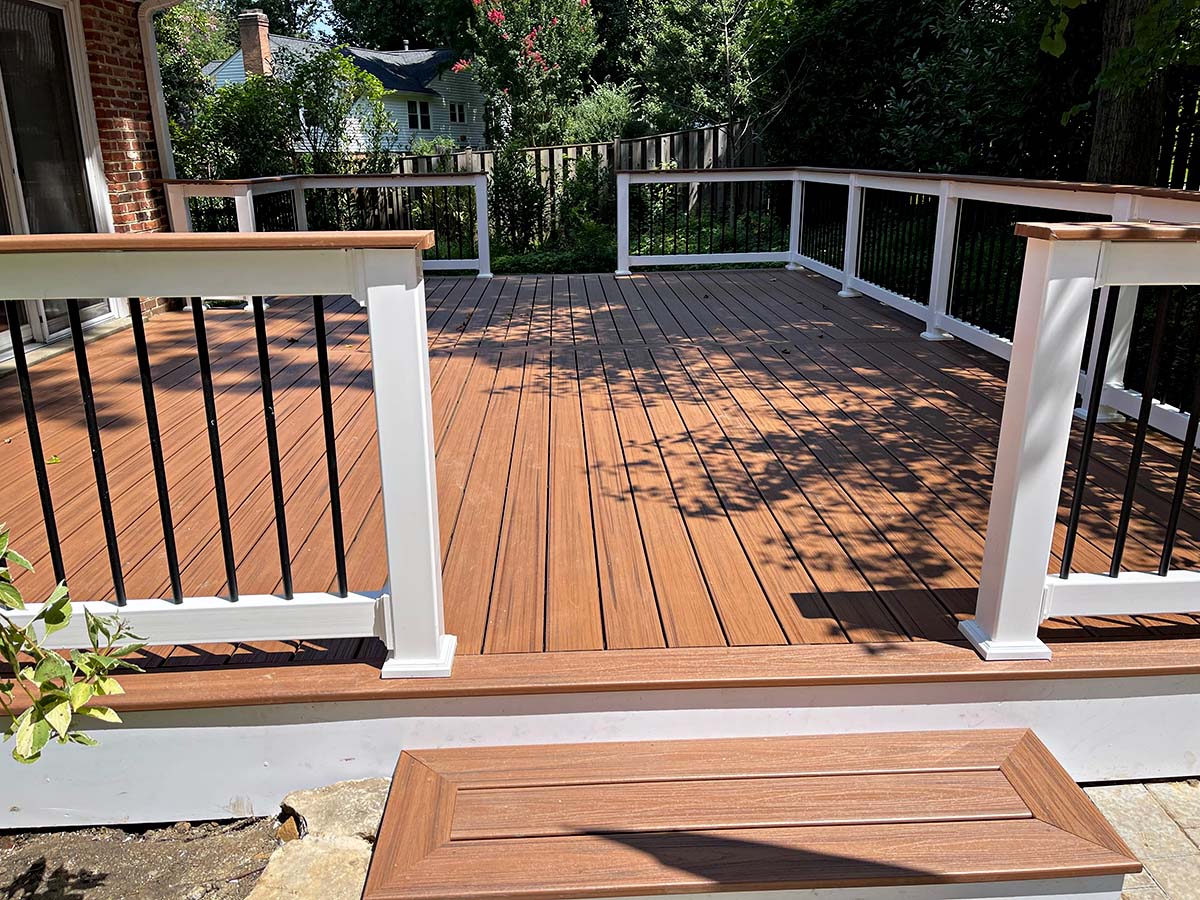
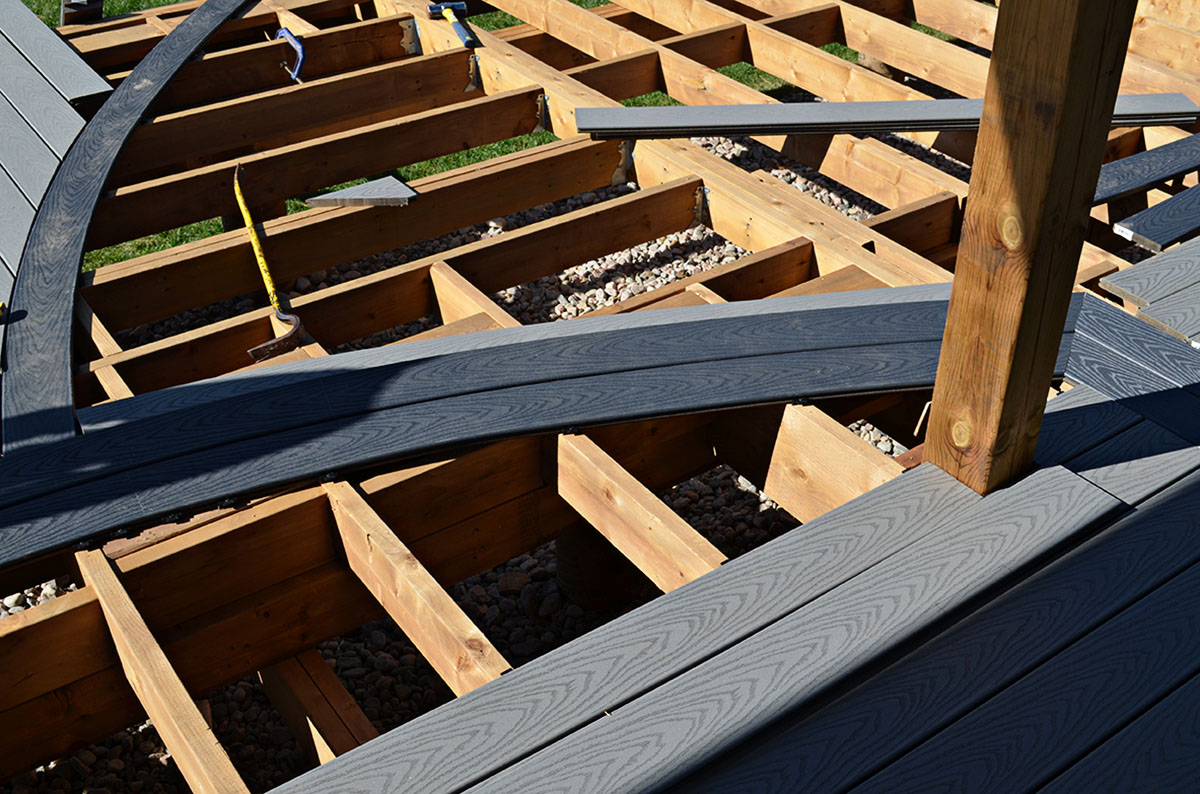
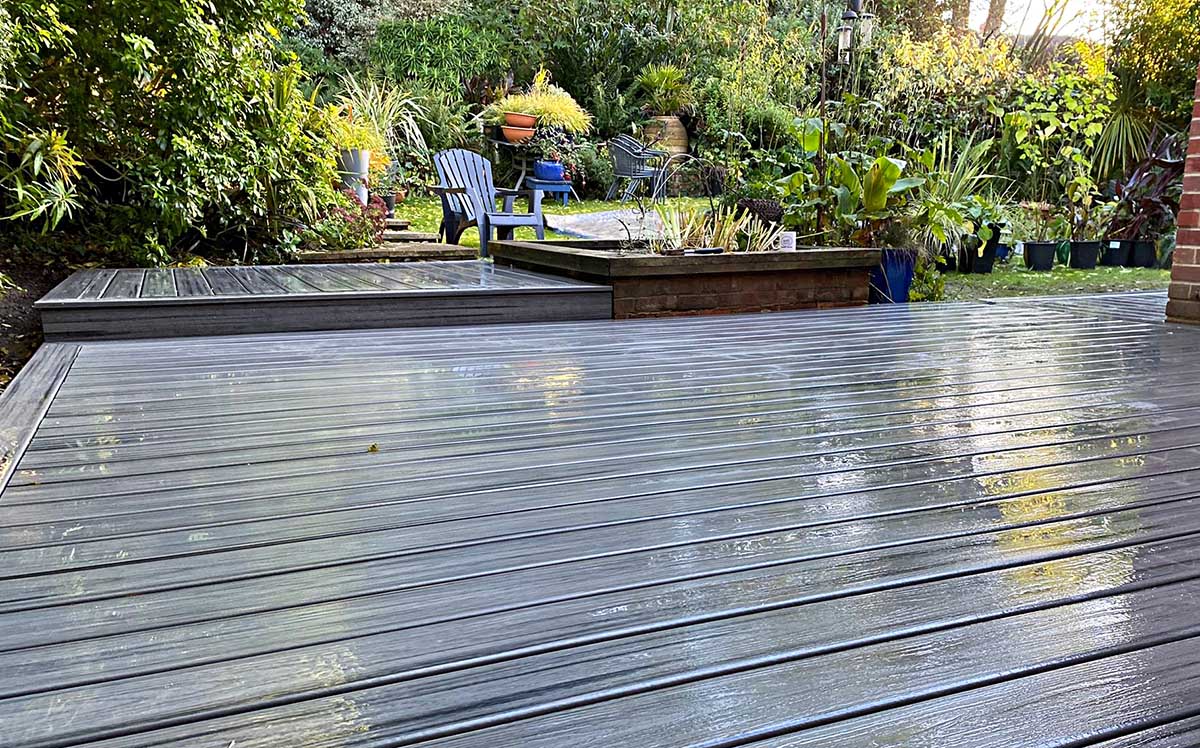
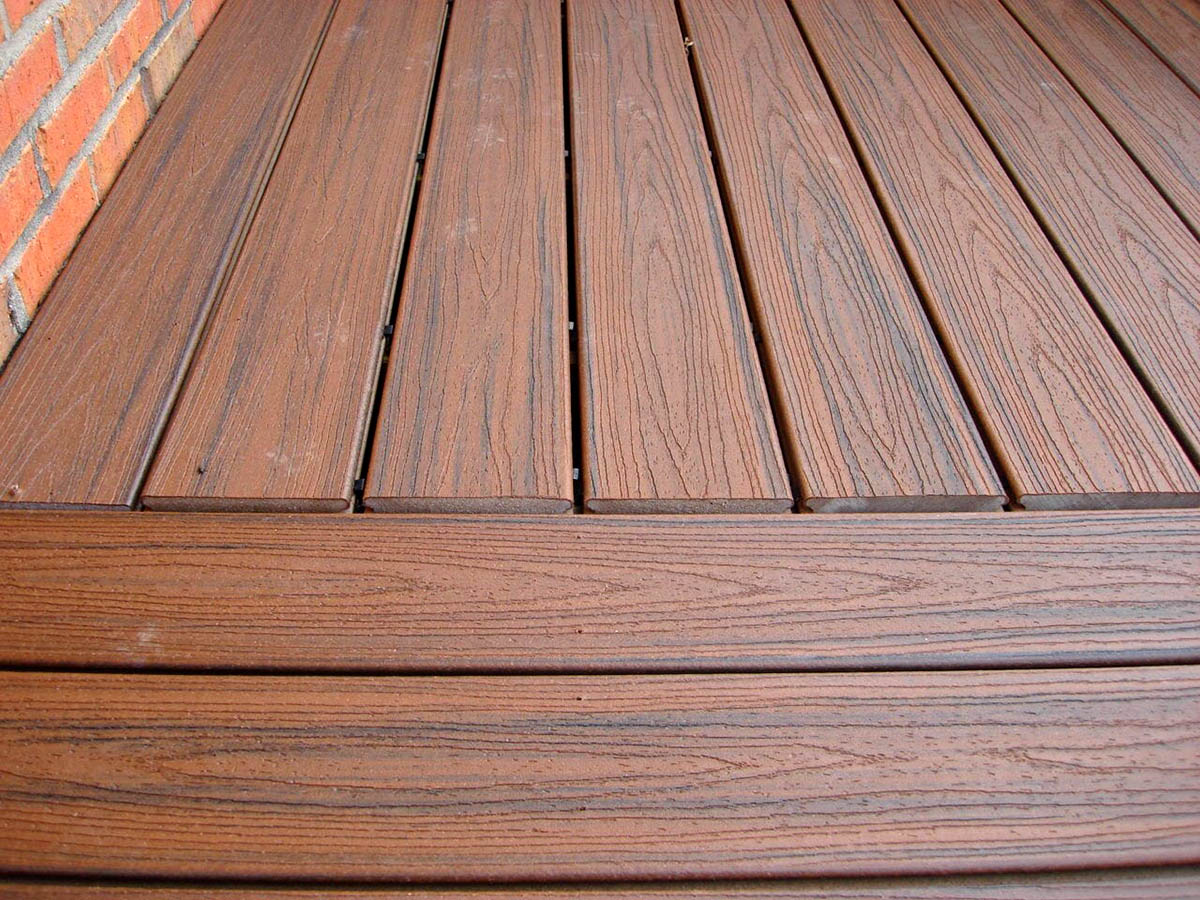
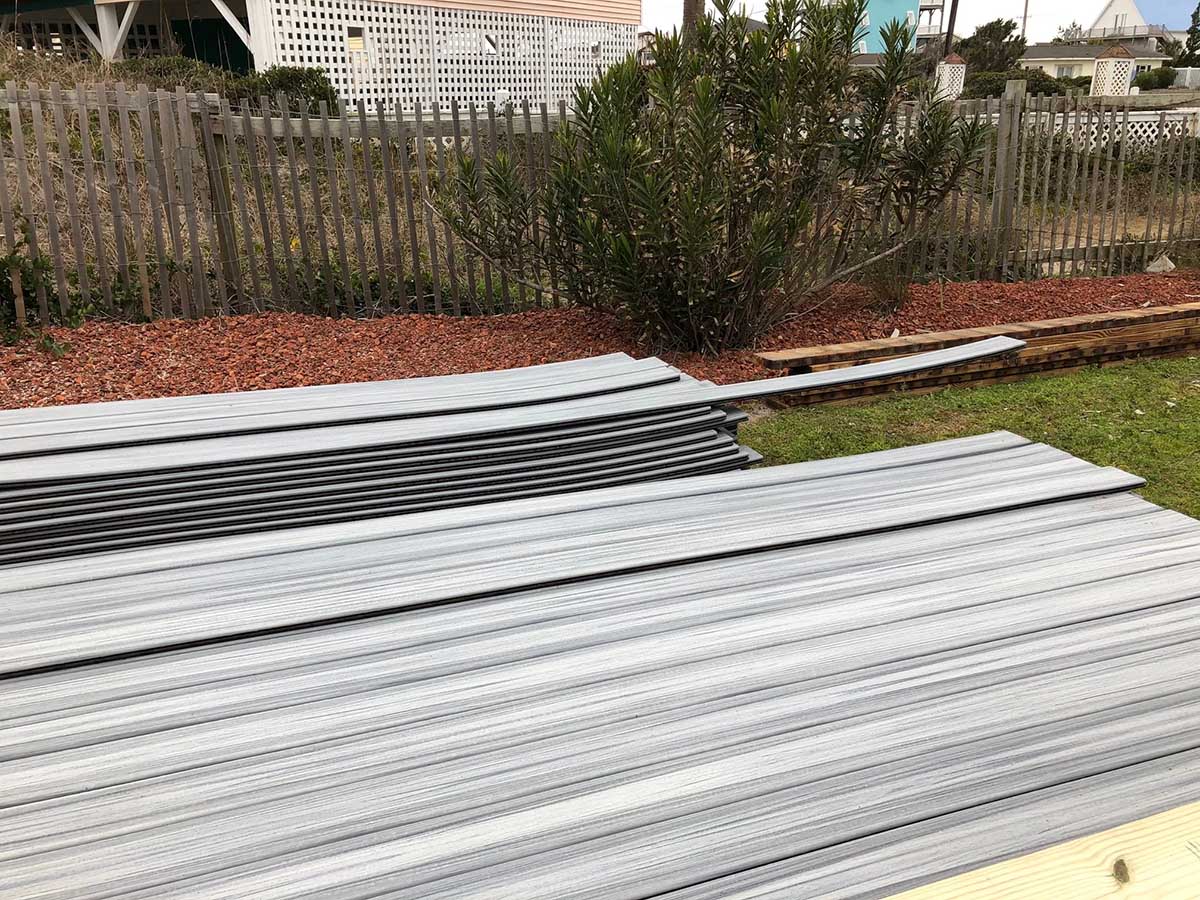
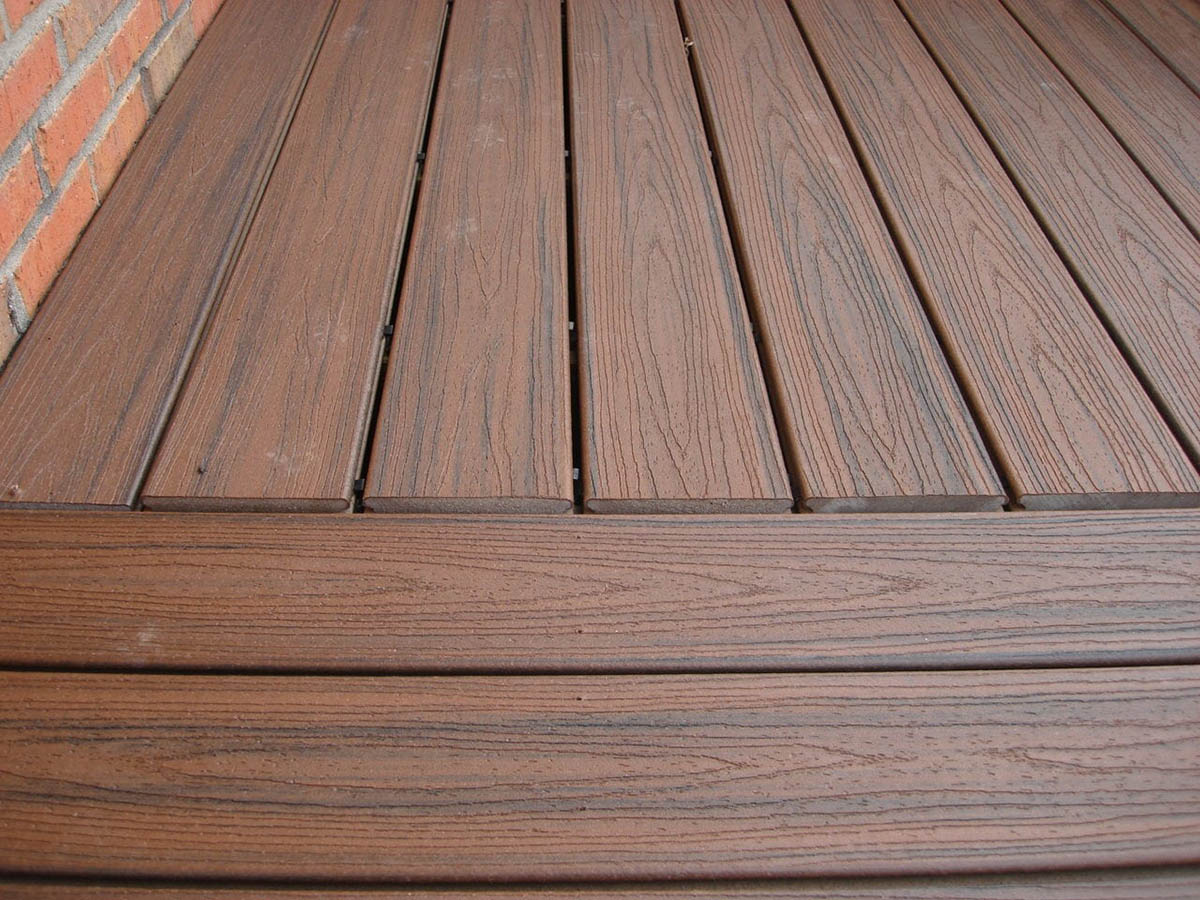
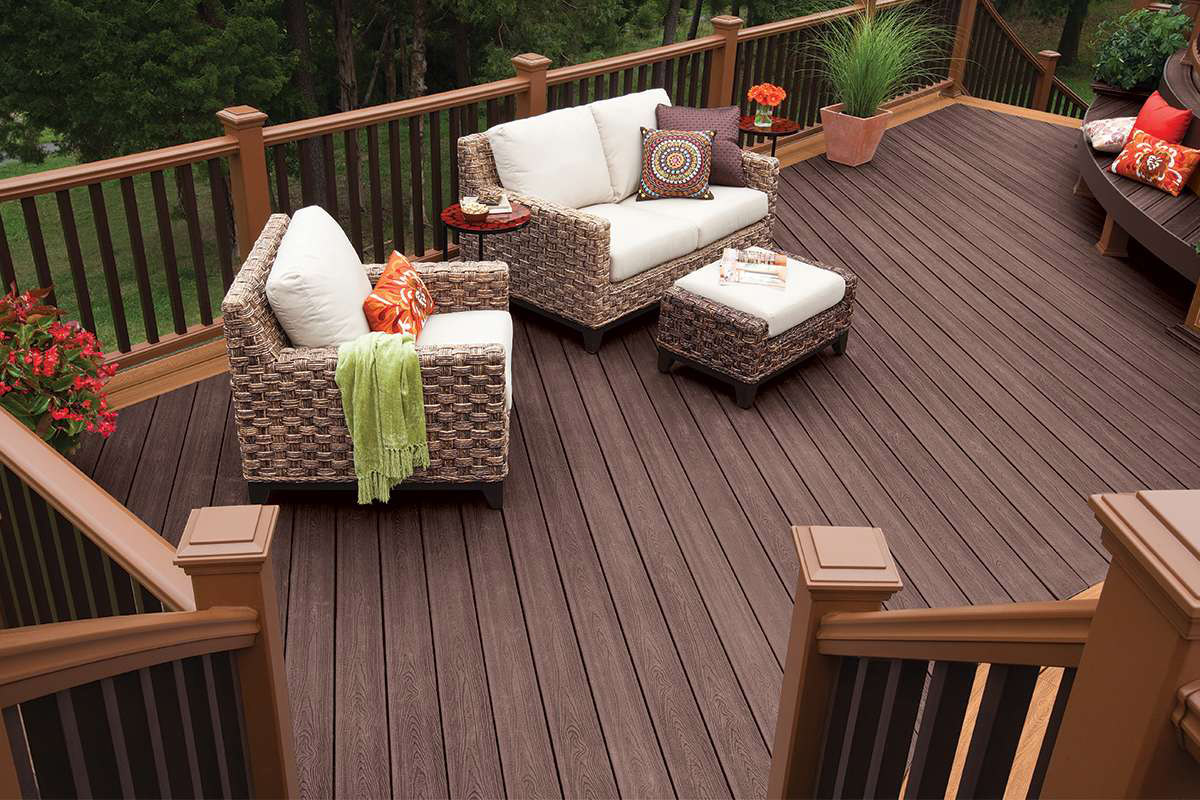
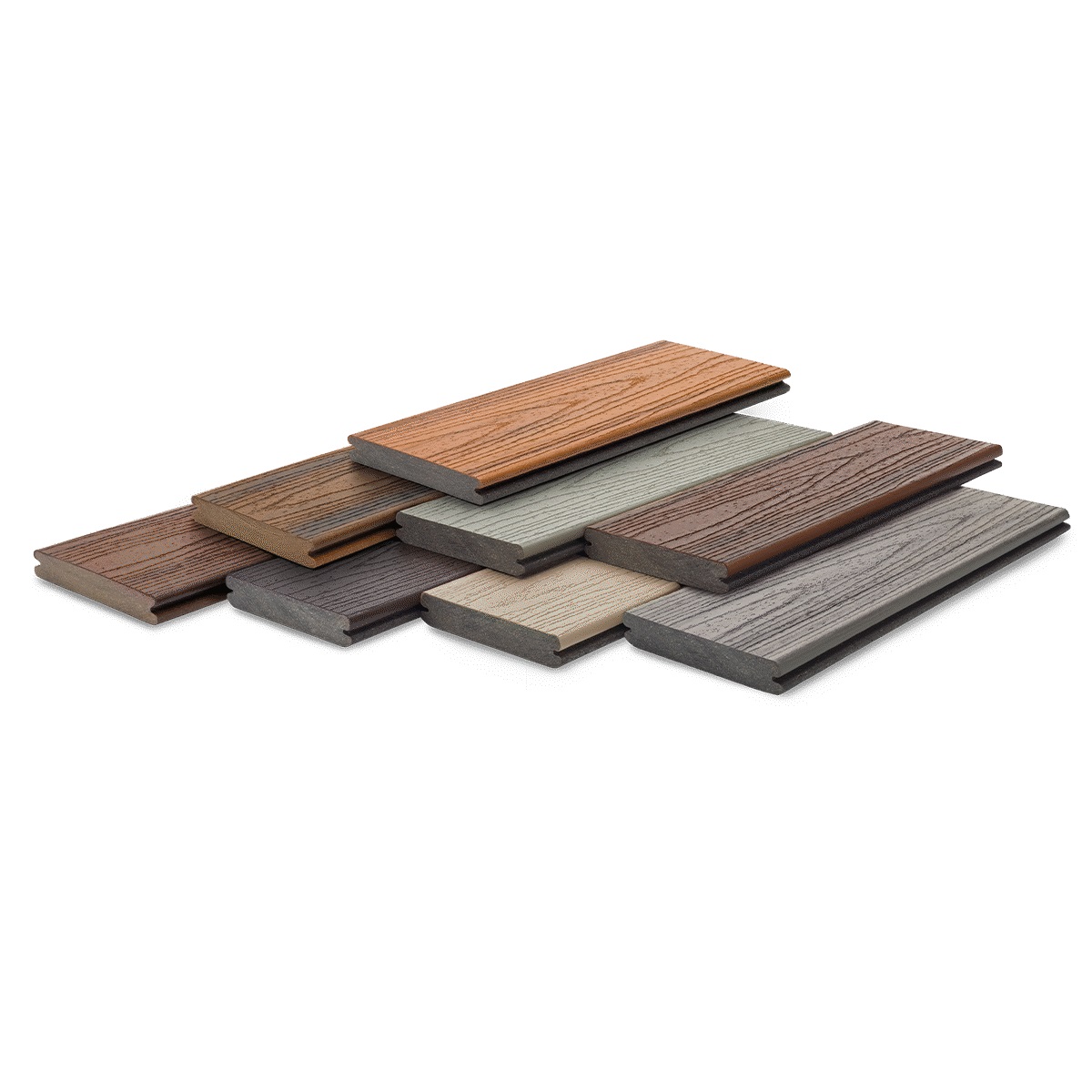
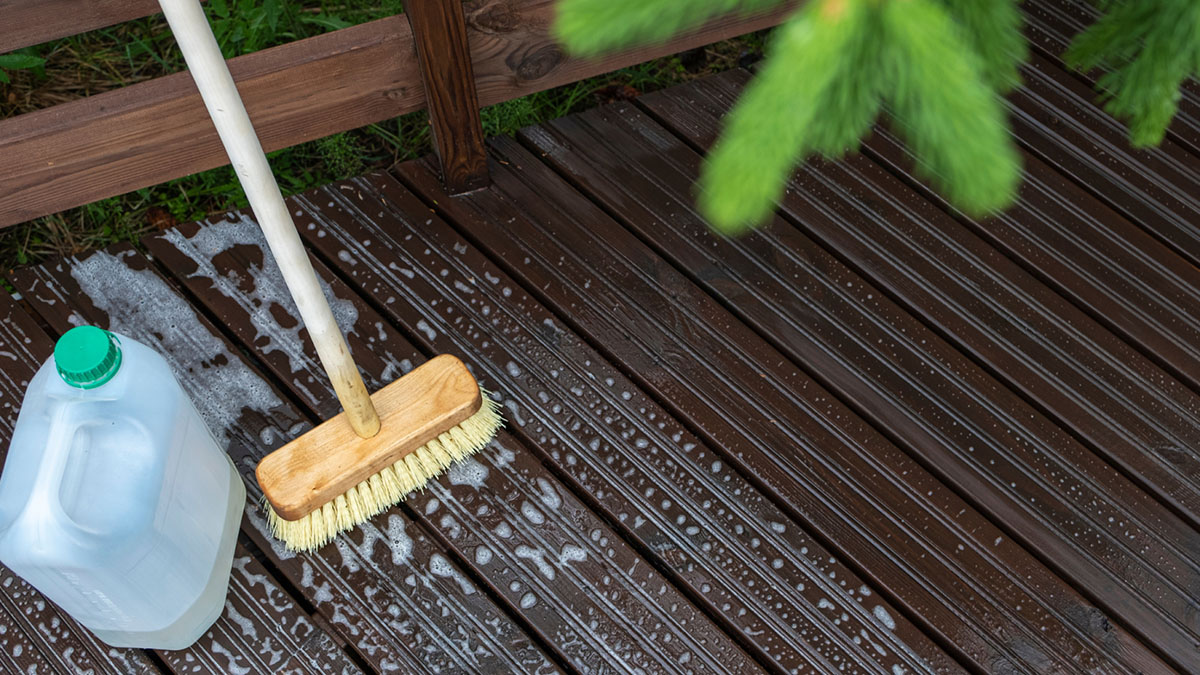
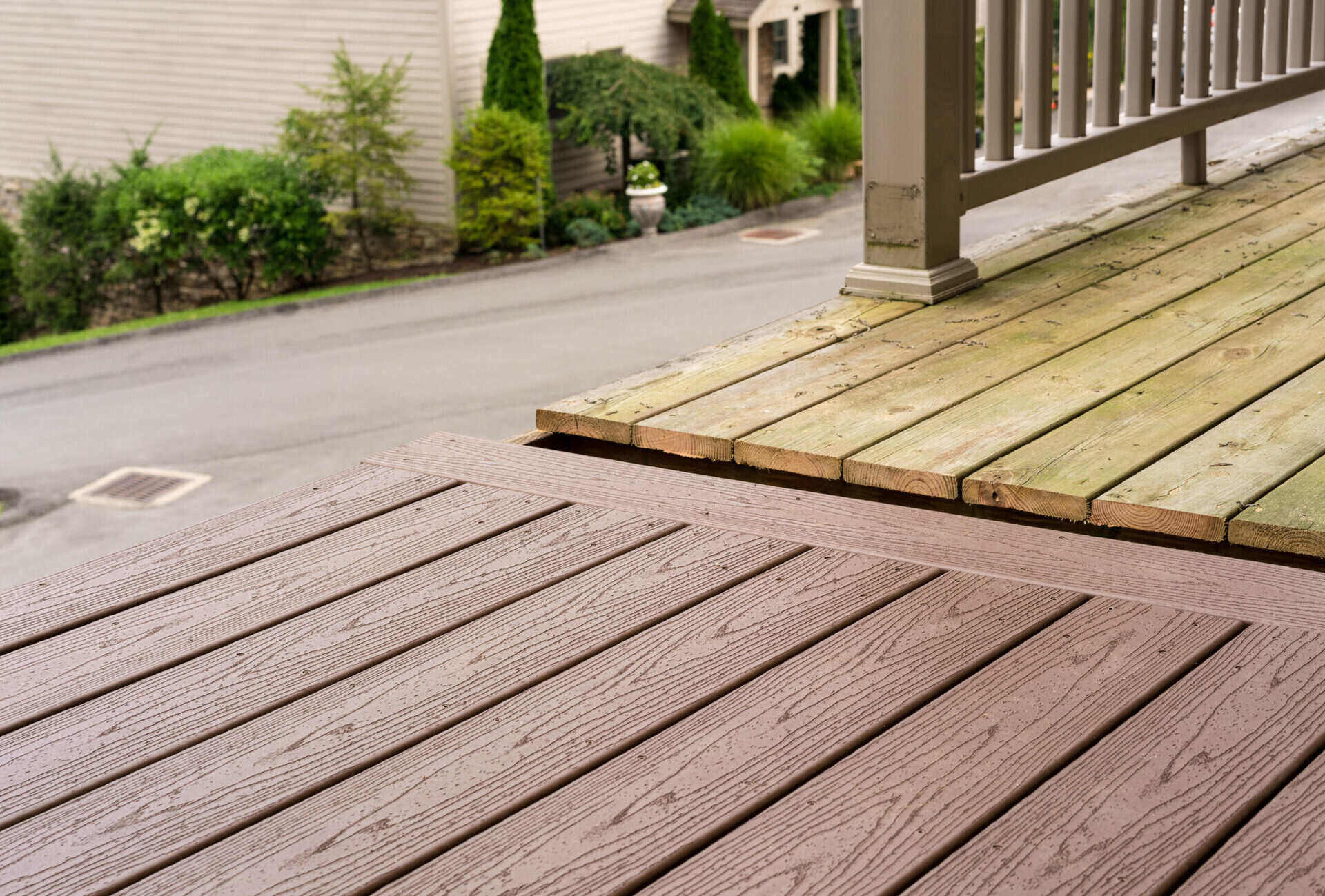
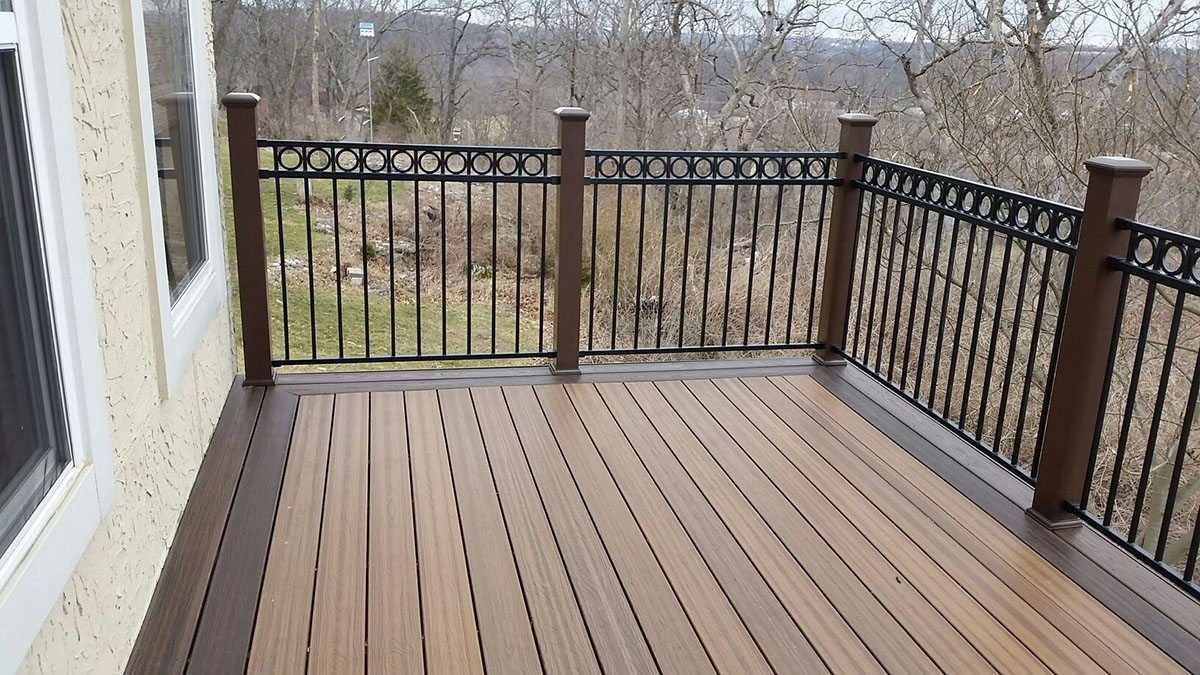
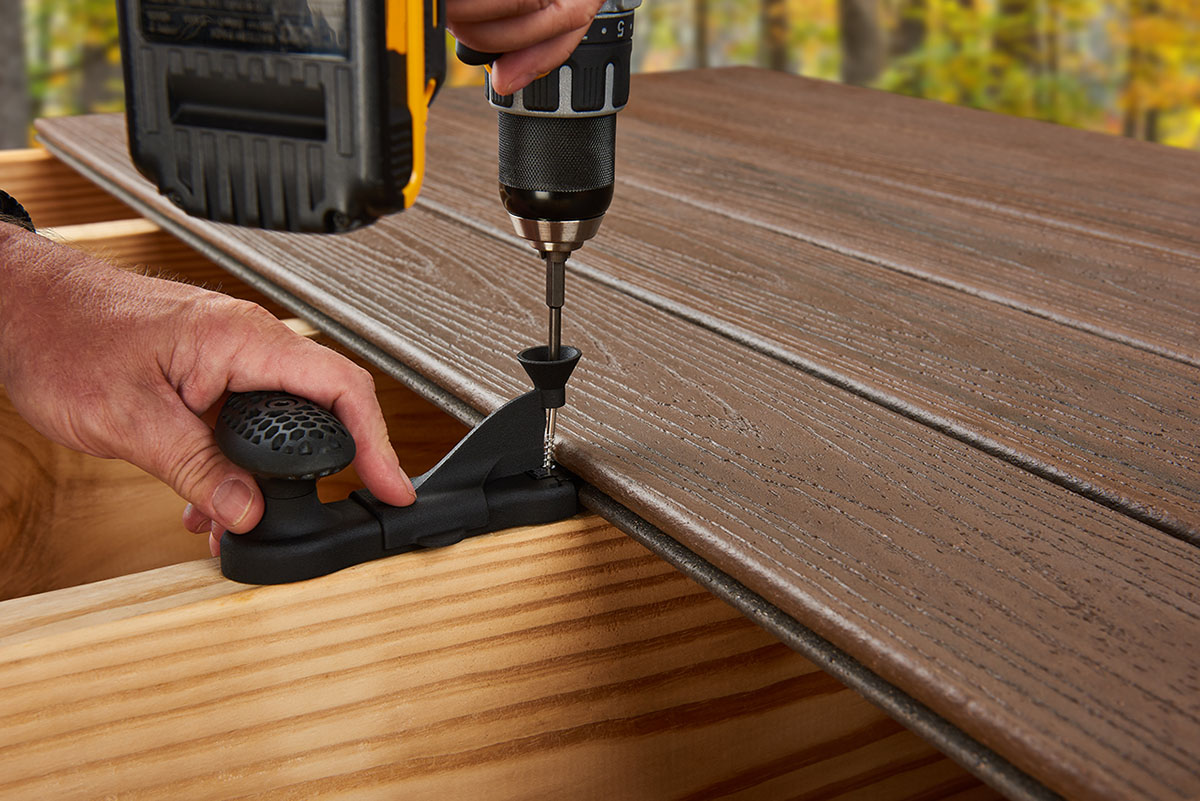
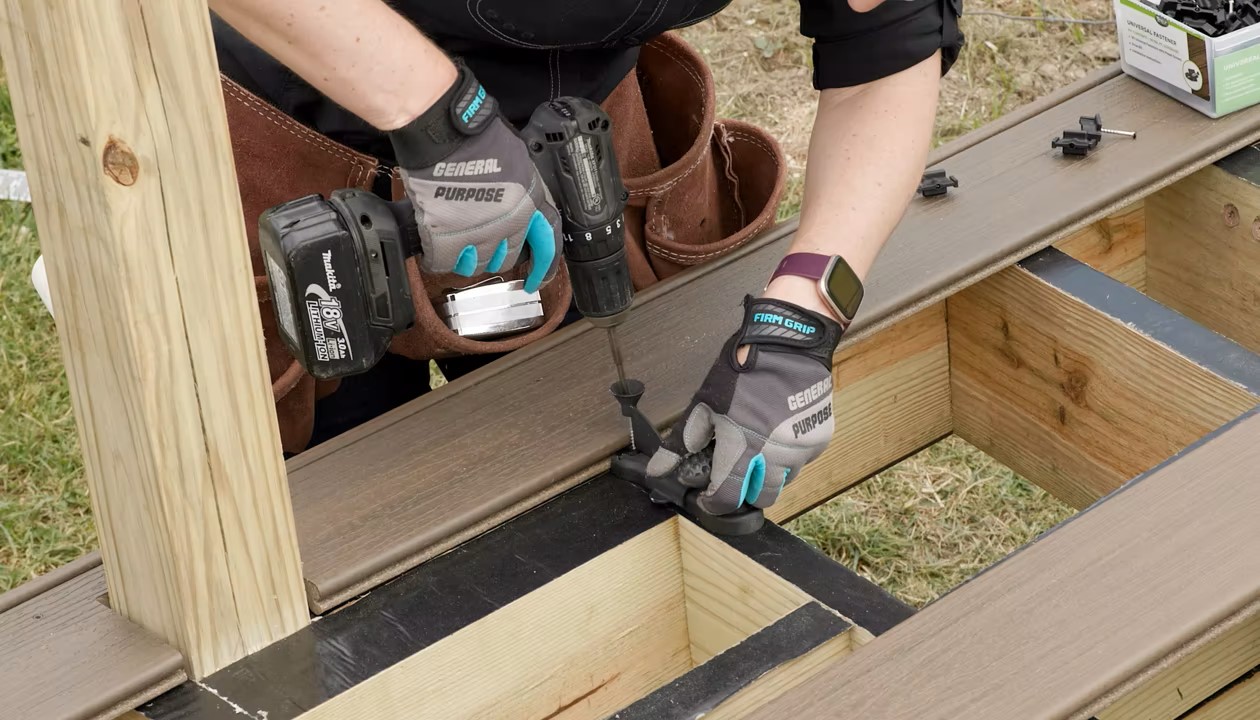
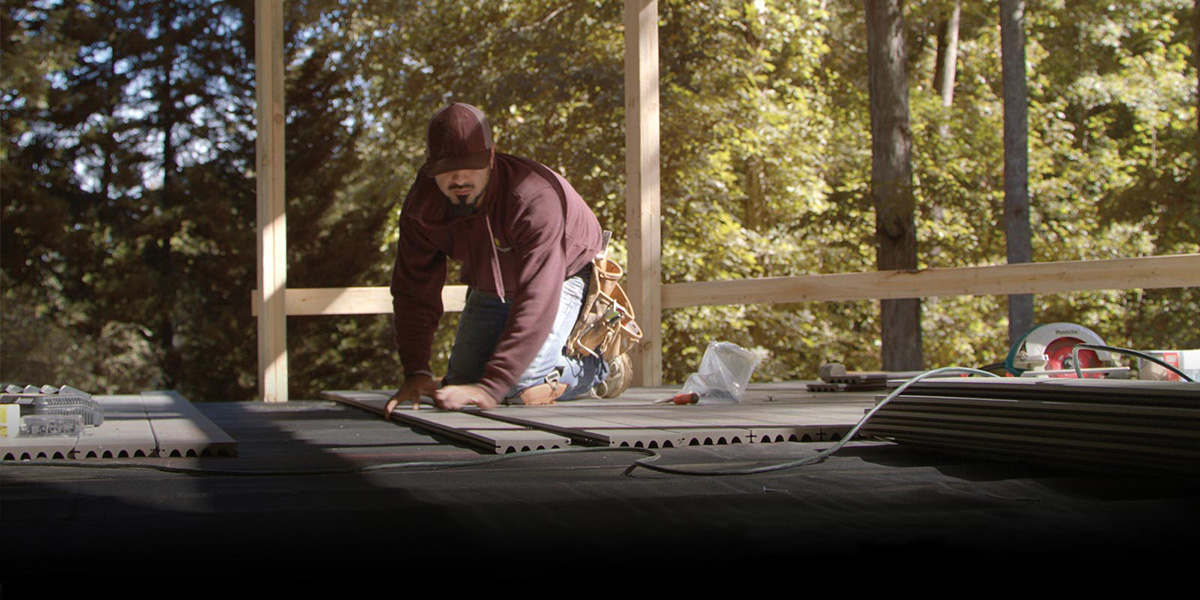

0 thoughts on “Is Trex Decking Slippery When Wet”